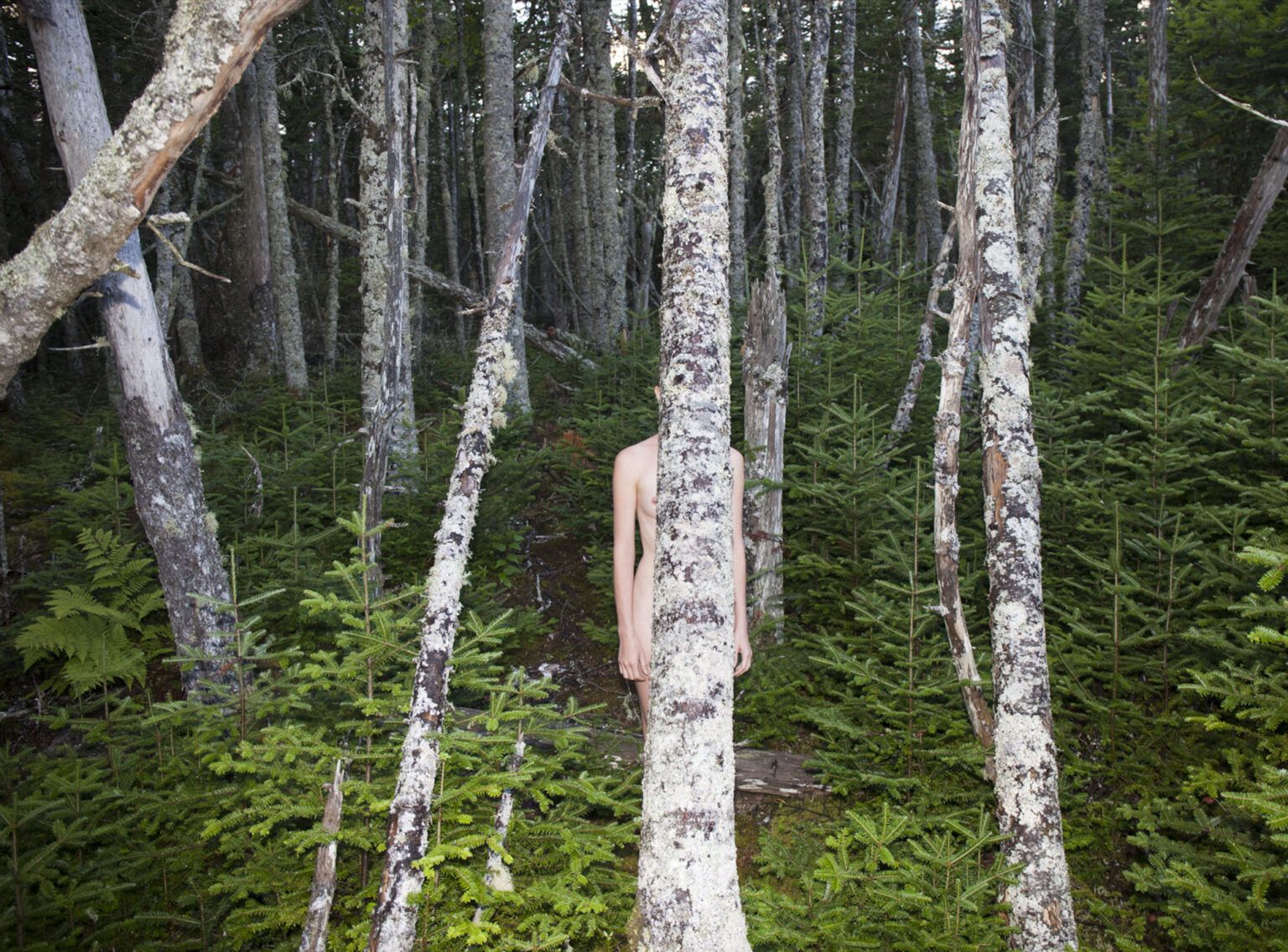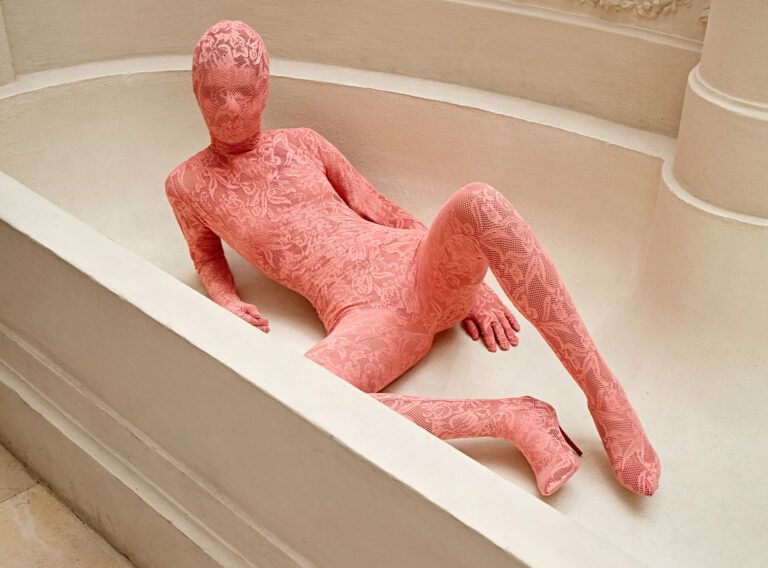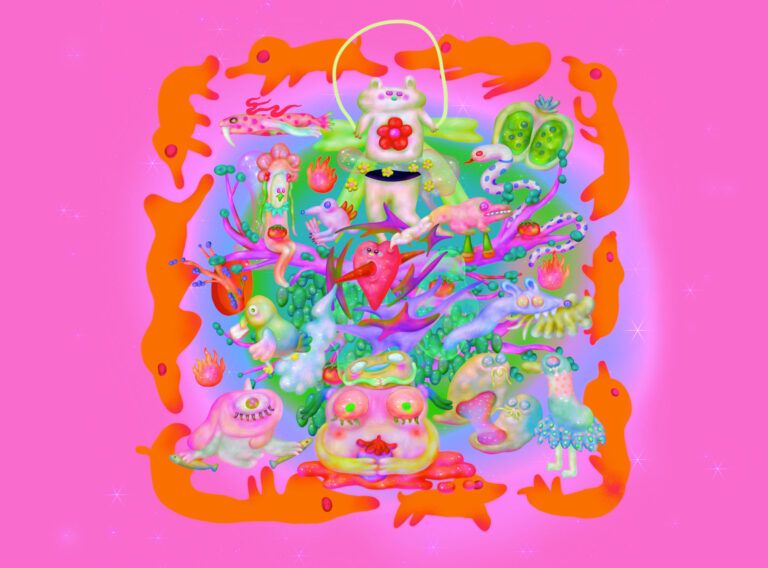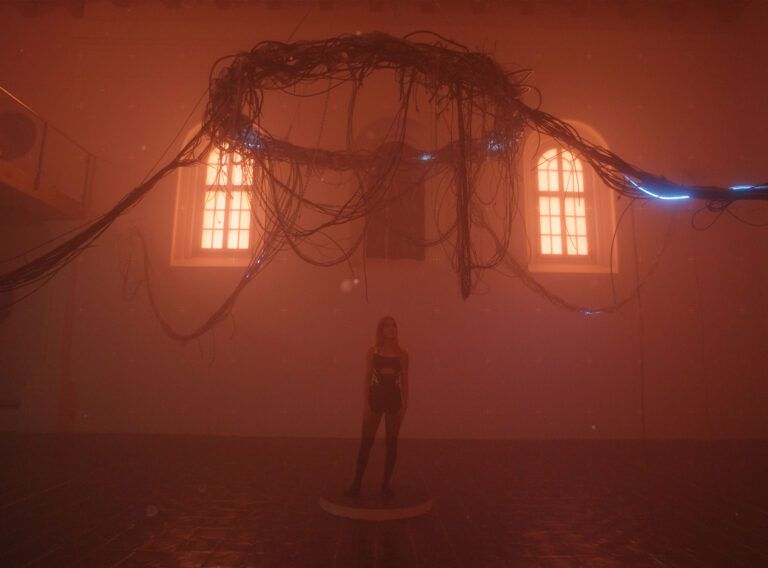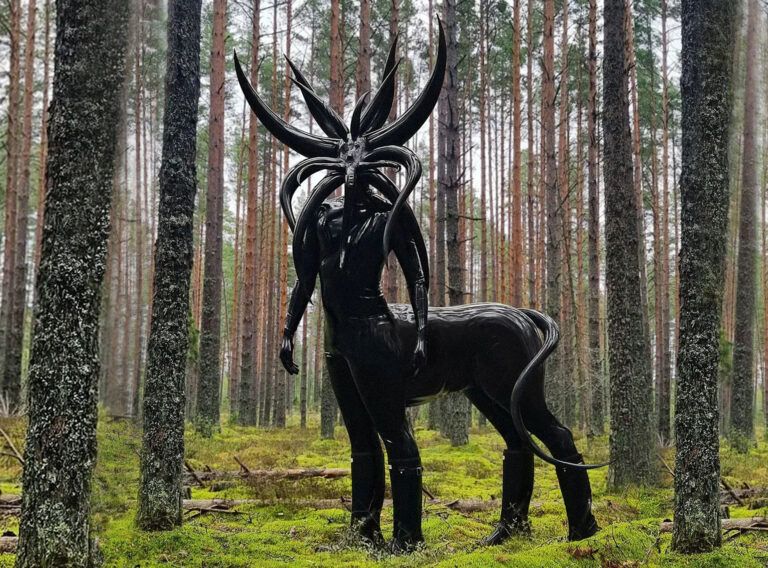You often work with sensuality and nudity. What is the role of intimacy and physicality in your work?
I am not sure what physicality is—the state of being physical? As opposed to mental, conceptual, or emotional—those things that are perhaps more amorphous or abstract? I began to work with nudity in my work because it is what I had. I had myself and a camera—and sometimes the clothes just get in the way; they are too clear signifiers of something; they are binding, not in the sense of wearing, but in the sense of what they indicate or say. So for me, getting rid of the clothes was a simple way of achieving something that was more clear and less distracting; maybe something more truthful, but that would probably be going too far. The nudity is not sexual, really. But it is physical, it is tangible. I like that—I like the fact that I stood before the camera; that it was there. That I was there. In the self-portraits in nature it was also about being close to nature with little in between myself and nature; intimate; nude; physical. In a sense this is a connection to my youth and my past in Mikulov—a connection to Czechia—growing up picking grapes in the vineyards and drawing in the dirt with a stick. But those self-portraits in nature are also about being in new places, seeing myself in new places as a way of belonging or feeling close. Intimacy is important to me; it always has been. It is closeness and it is vulnerability; it is also strength and courage; it is special.

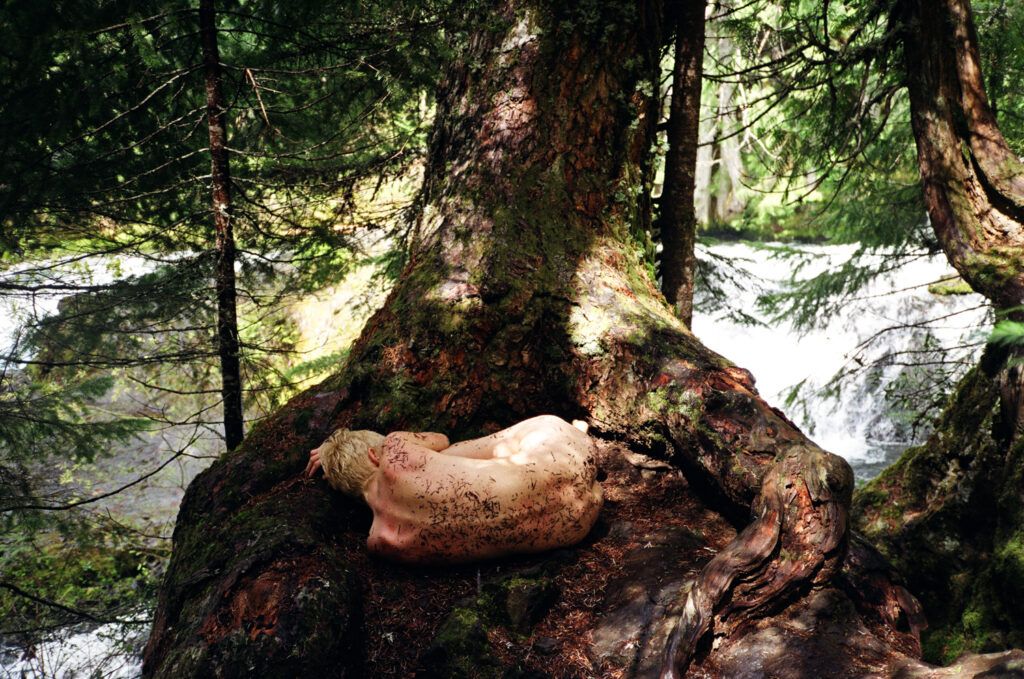
Untitled, 2016
Untitled (Self-Portrait), 2016
A large number of your photographs are self-portraits. How do you choose your subject and models, unless you are the subject of the photograph?
This is a hard question because so much goes into this process and nothing at all. It is really just an intuitive connection that I have. There is just something there. Again, I say so much goes into it because each person is a combination of such a vast number of things that make them who they are—and I just feel something, so it is simple.

By the Waterfall, 2016
You studied painting in Martin Mainer’s studio. What made you change your medium after your studies and move to New York?
That studio was a disaster in so many ways; it was a very discouraging and frankly inappropriate atmosphere. I left it feeling further away from my dream of being an artist than I was going in. I emerged very disheartened. This was the subtext of my July 2022 exhibition in Brno with curators Šimon Kříž and Thomas Beachdel at Off/Format Galerie, Nothing Compares to You – Brno. It was about returning to the place where I felt like I failed. But I am not so sure anymore if it was me who failed. I have grown and my view of it has changed for the better. That studio should have been something it wasn’t; some people shouldn’t be teaching. But I am grateful for the experience because it did push me to go elsewhere—NYC—and to find myself there. The change of medium came quite naturally, but I may be doing more painting… although it took a long time to even start thinking about it.
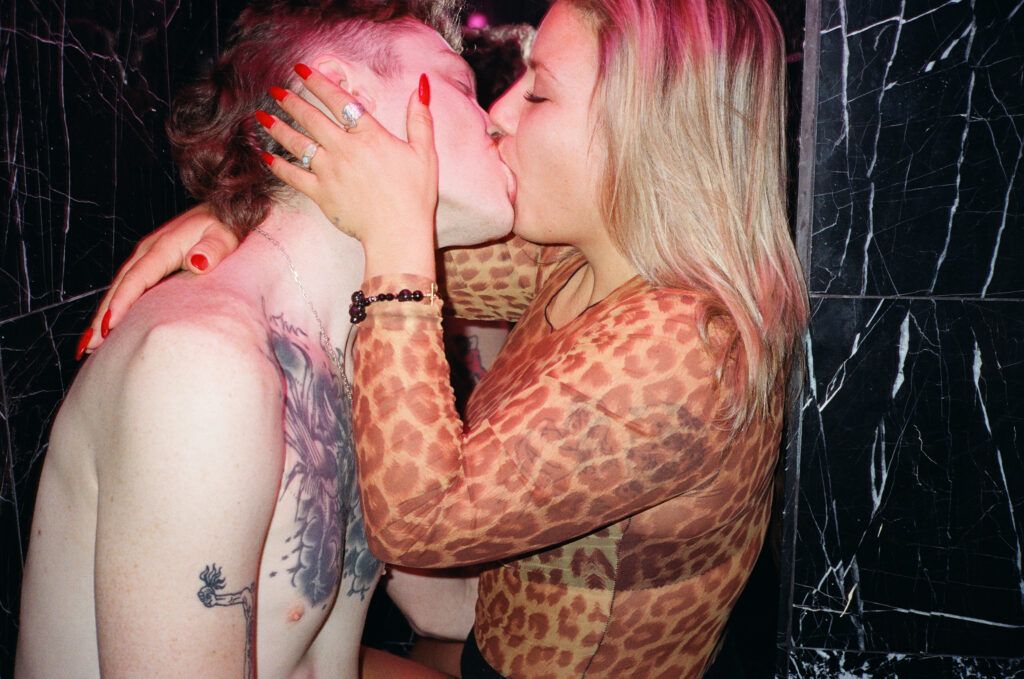
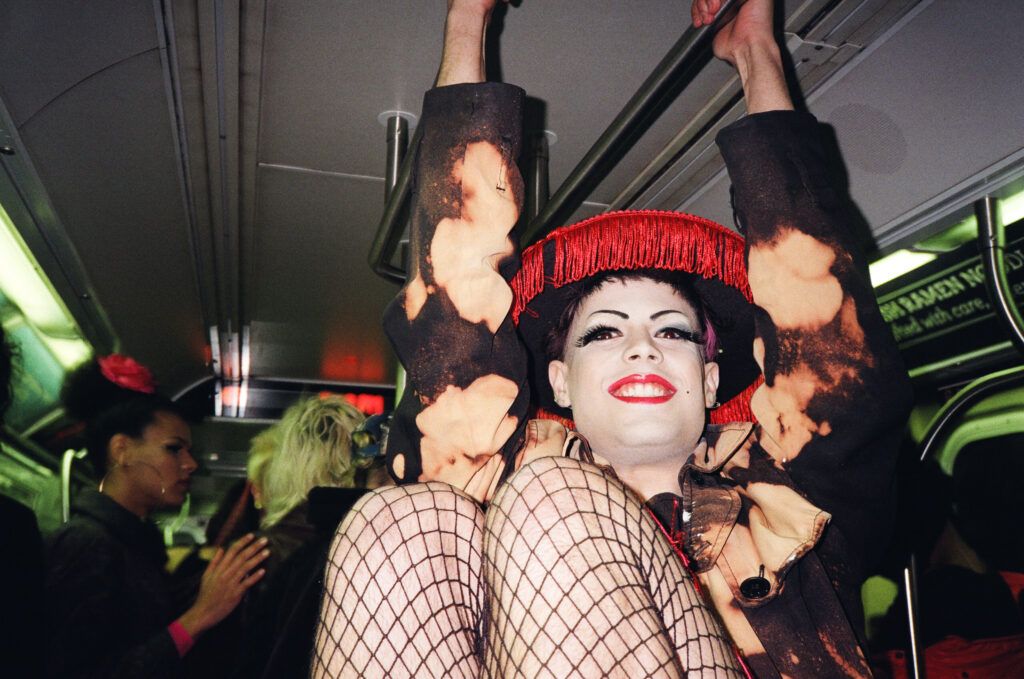
Shane & Luisa, 2021
Nicky, 2016
This year you were part of the new festival Prague Art Week. How do you perceive it and its format of collaboration with artists and galleries? Do you have any experience with a similar type of festival from New York?
The first edition of Prague Art Week was absolutely wonderful and I hope to be back; it was one of the highlights of my year. I think the format really works well. I don’t have experience with a festival like this in NYC—I don’t even know if there is one; probably not. But there should be…
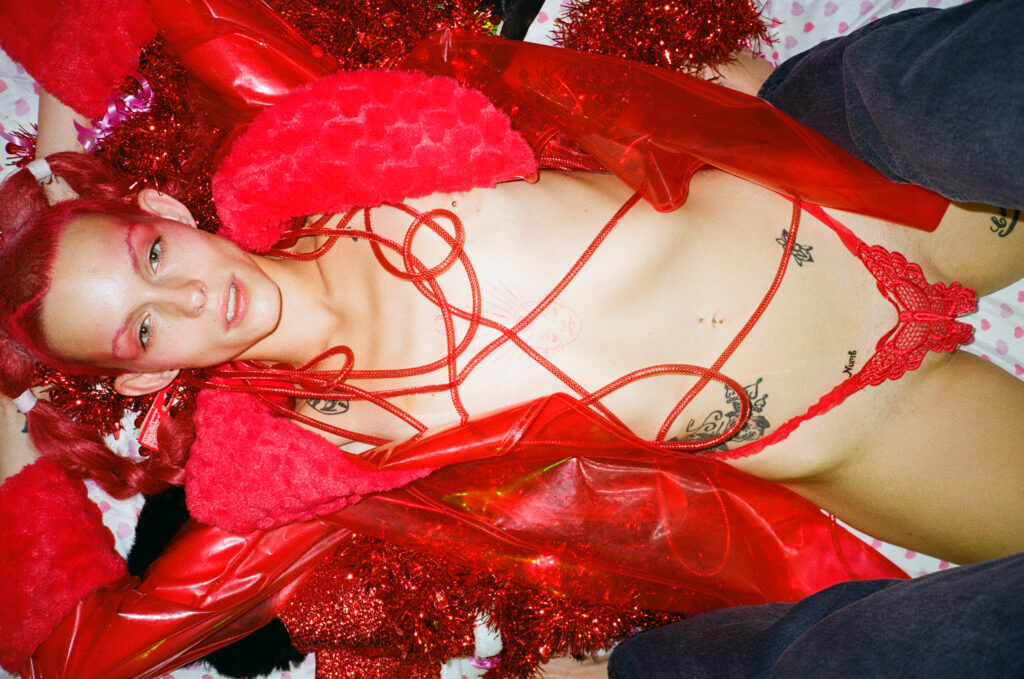
Gracie (Red), 2020
During Prague Art Week you talked about seeing as a female artist on the world stage. Could you advise future artists what the most crucial step was that started it all for you? And what is the position of a foreign artist from Eastern/Central Europe in the New York metropolis?
The most crucial step is to take the step, to pursue your dream even if you are unsure if it will work out. Just do it. Dreams become reality by action and courage; the willingness to fail over and over until you don’t. The other part is to be yourself and to give yourself time to find yourself. Be open. Be humble and take direction and criticism—these things make you better. But the most important thing is to keep taking those steps. It is hard to say what is the position of an artist from Eastern/Central Europe in NYC because NYC is so full of different people from everywhere. I wouldn’t say there is a divide or something—but NYC can be so tough and overwhelming; it tests you; it is competitive; it is fast; it is huge; but it is also small in ways—it seems like you see the same people over and over and others not at all.
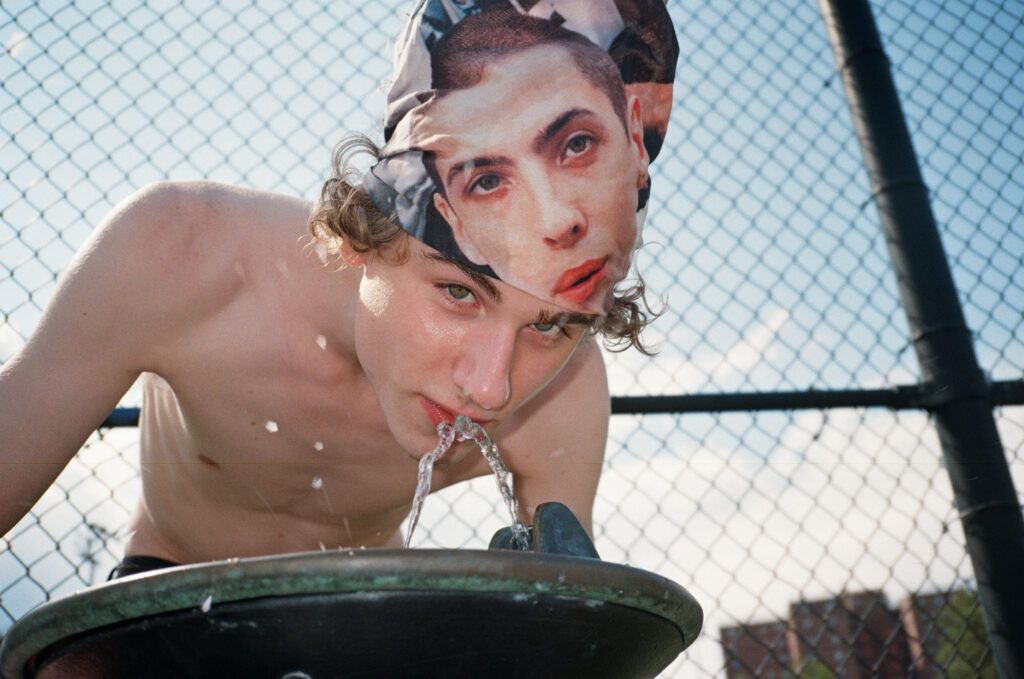
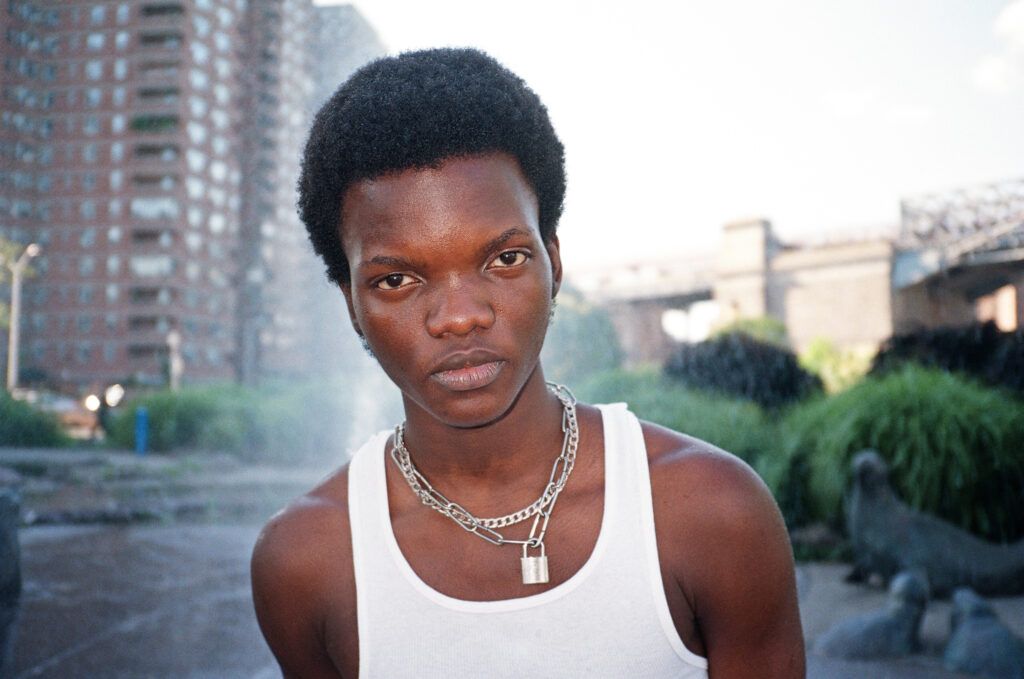
Phineas (Fountain), 2020
Aheem, 2020
How do you get inspired? Is there a specific personal ritual or an ultimate place, film or artist that is a fundamental inspiration for you at this moment?
I am inspired by the people I photograph. It is really that simple. And of course, I play the Dirty Dancing soundtrack every morning while I vacuum, which I do almost ritualistically. Little routines keep me going. Observing life around me keeps me inspired.
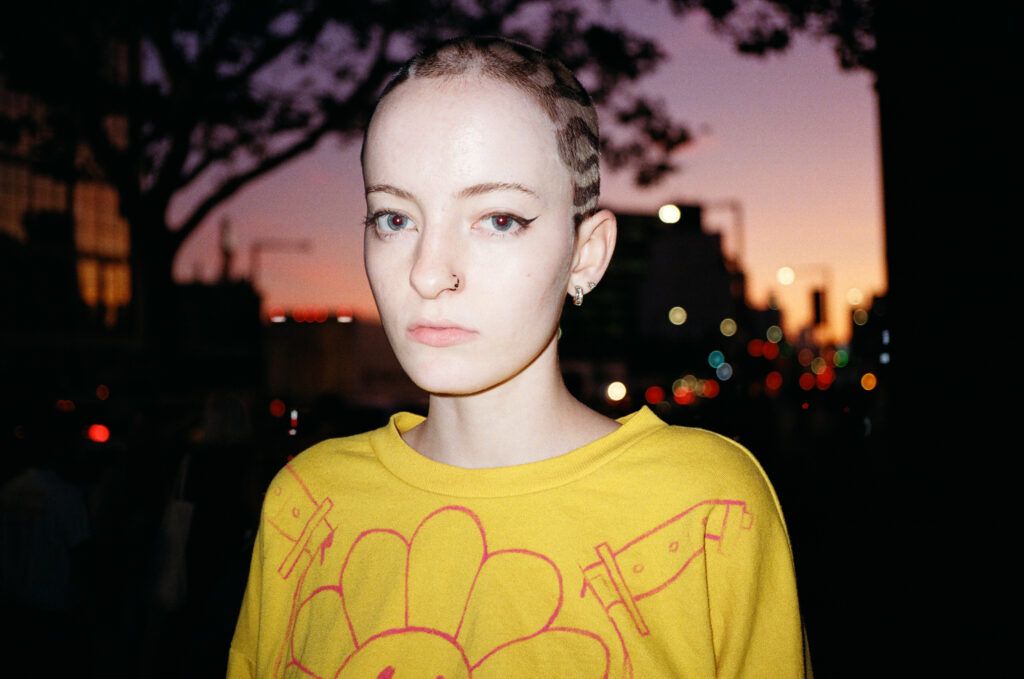
Hannah, 2019
Our current theme is “Full of Desire”. So, what is your dream goal, or what you desire for yourself as an artist right now, and what would be the ultimate achievement for you?
MoMA. I want a show at MoMA. And I am thankful for how much I love what I do. I desire to create and I love it.
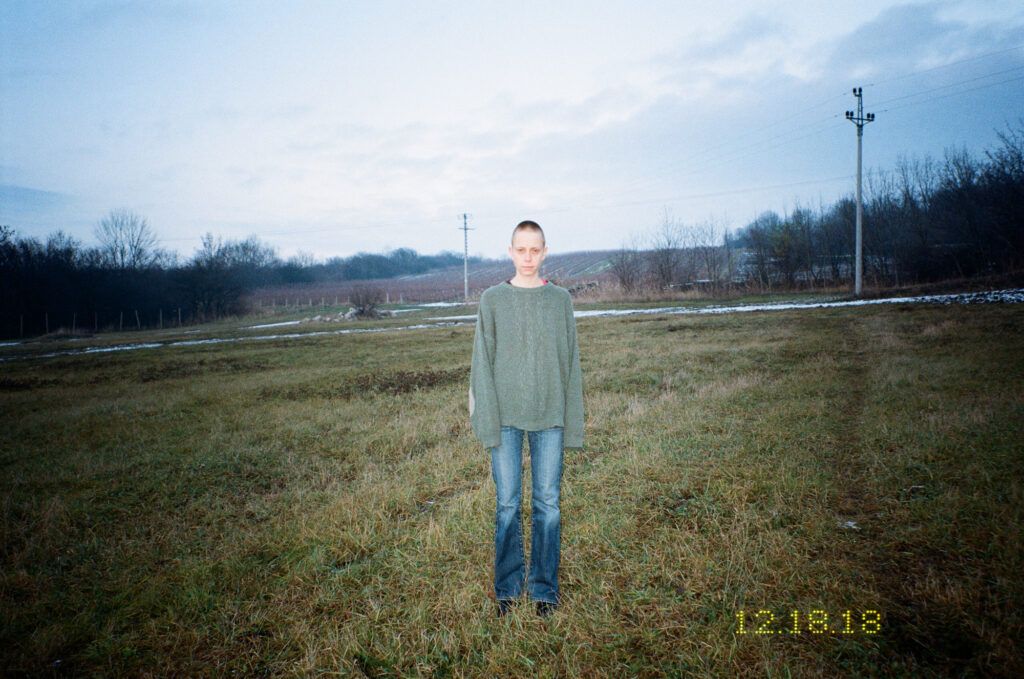

In Dad’s Sweater (All That Is Left), 2018
My Hair, My Sister’s Hair, 2019
The last question is, are you currently preparing any new exhibition or project we can look forward to?
There are a few things on the table, but not absolutely confirmed, so I cannot divulge too much. There are a couple of exhibitions in Czech that I am working on for 2023. I have been working for the last year on a big, new self-portrait series, and there should be a feature length documentary coming out in the next 18 months or so. And I have just launched my third book with art historian Thomas Beachdel, which is titled It Was Once My Universe and you can get signed copies in Prague at Fotograf Gallery, ArtMap and Polagraph!


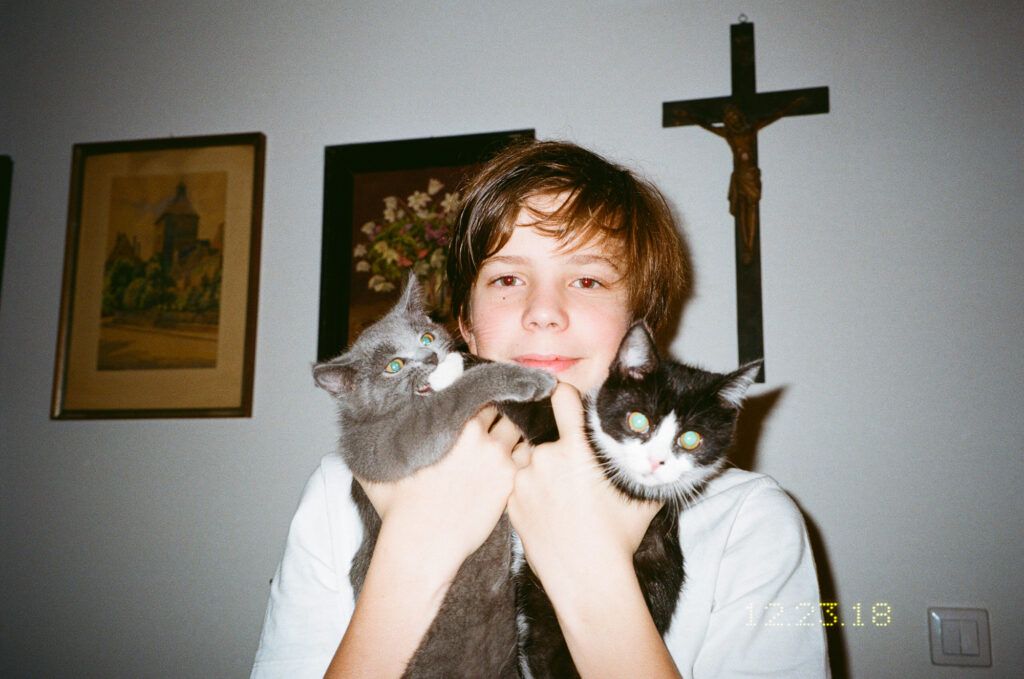
Mekky, 2018
Dressing Up in My Old Clothes, 2018
Radovan With Grace and Bau, 2018
